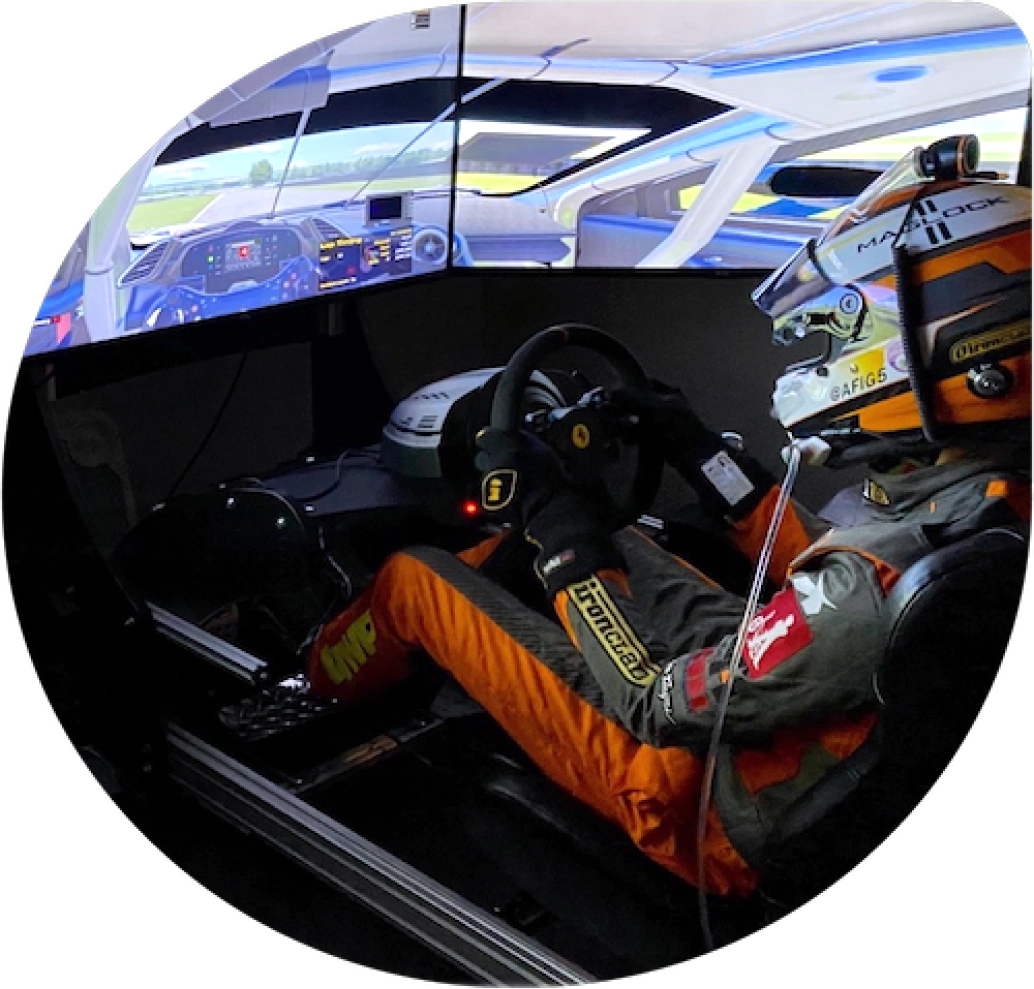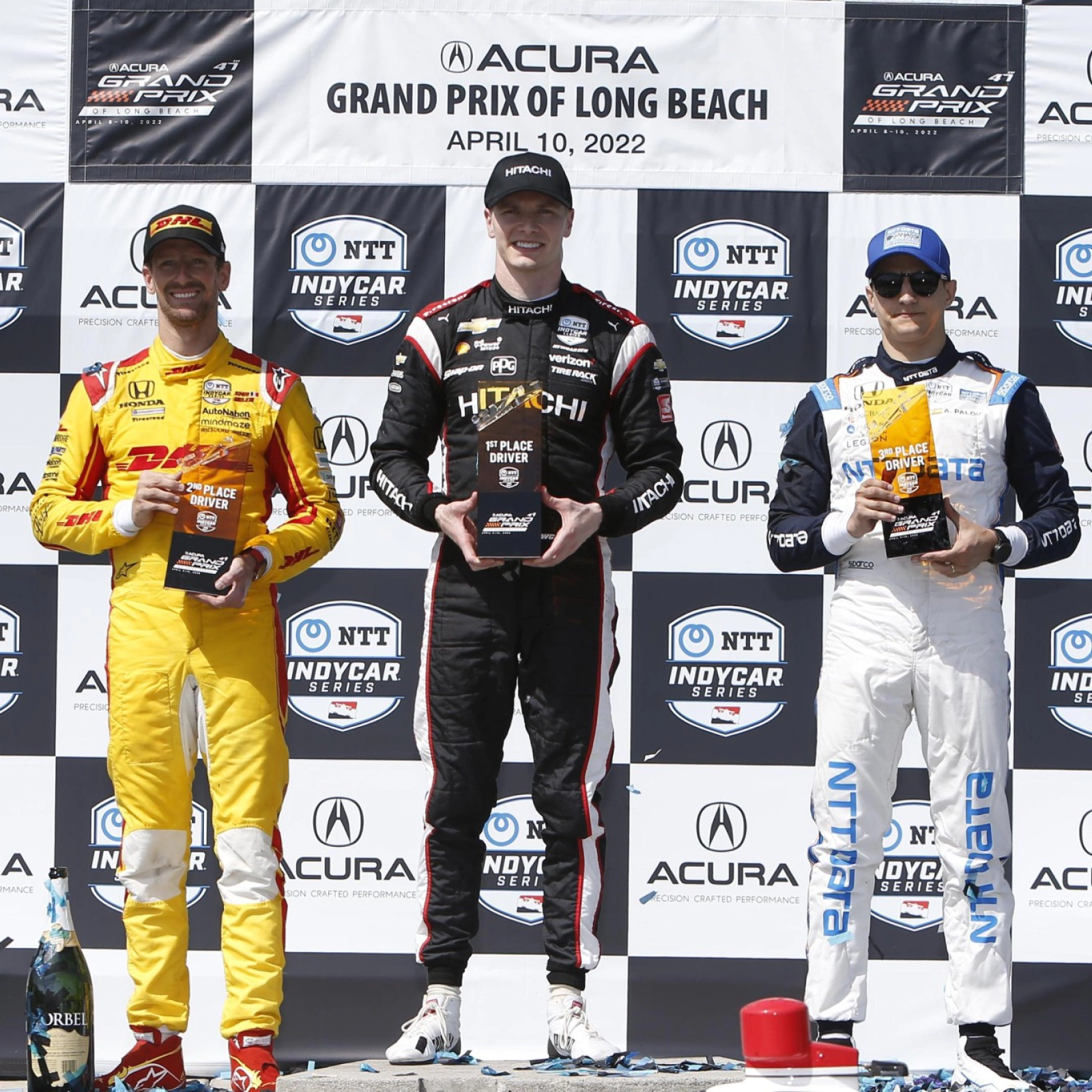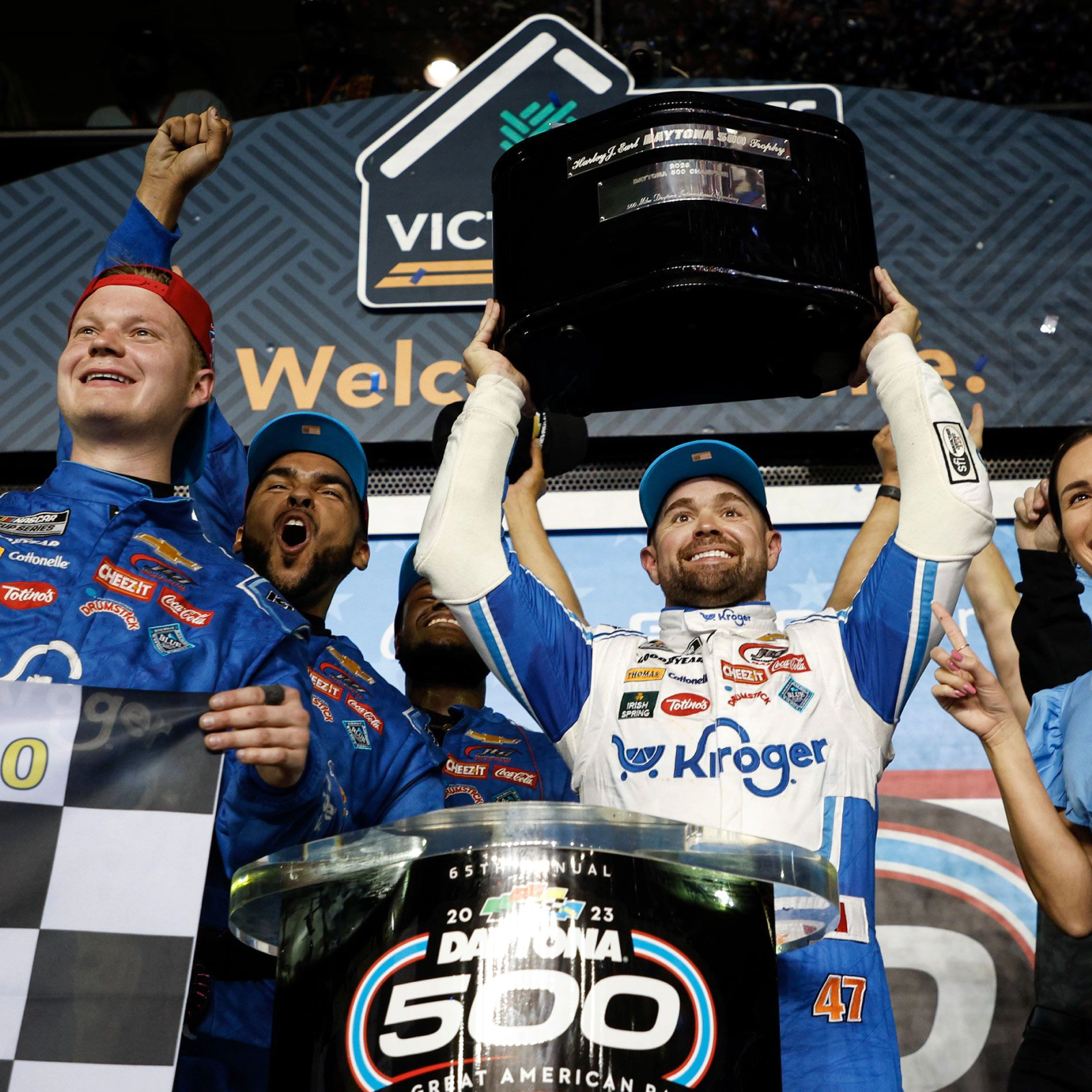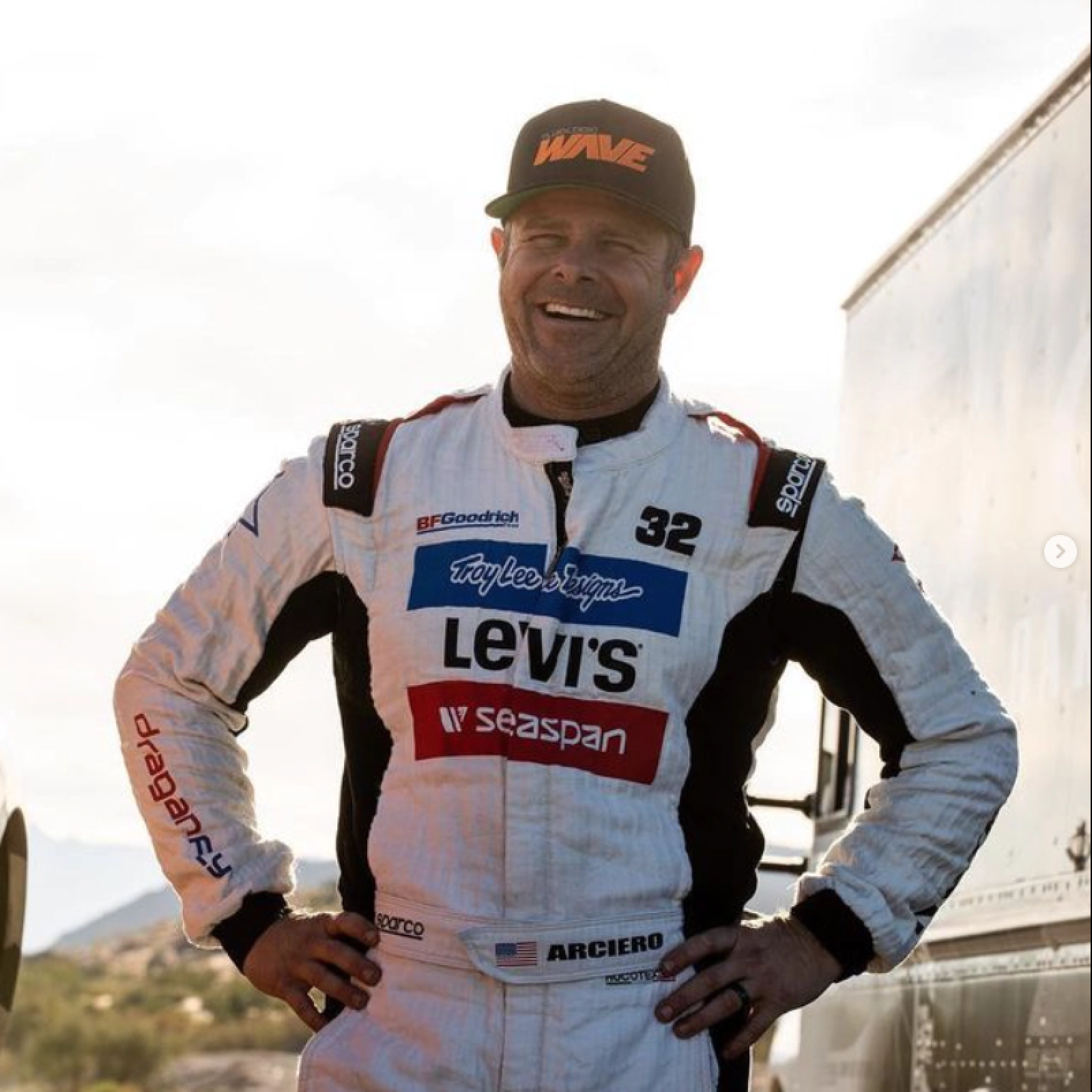Not All Hydration Methods Are Equal.
Optimal hydration is crucial for peak performance, but the biggest challenge lies within our own minds:
We think we know how to hydrate.
Hydration is simple. But to achieve optimal hydration it must be managed.
Hydration Myths
Misconceptions about optimal hydration can negatively impact our actions and overall health. Here are a few facts that may surprise you.
Myth
Fact
Consuming sports drinks are the best way to hydrate
Pure water absorbs faster than any other liquid - can be absorbed within 5-10 minutes after consumption
Thirst is the best indicator of hydration
By the time you feel thirsty, you’re probably already dehydrated
Drink as much water as you can to avoid dehydration - 8 glasses of water a day will do the trick!
75% of Americans are chronically dehydrated - many factors, including activity level, biometrics, and environment impact hydration.
Active Hydration™ Science
Hydration isn’t just a supporting player; it’s the star quarterback for optimal performance. The FluidLogic™ Active Hydration™ systems takes a personalized approach, combining simplicity with cutting-edge water dosing technology to provide on-demand hydration tailored to your needs. With precise small doses delivered at the touch of a button during any activity, Active Hydration ensures your body receives the right amount of water to function at its best, even in harsh conditions.
Hydration Equilibrium
Optimal hydration is the sweet spot between dehydration and over-hydration. Drinking too much water at once is as bad for you as being dehydrated.
Clinical Results Prove Performance
Our technology has been clinically proven. One study tracked different hydration vitals and various racing performance statistics of 25 professional race car drivers. They used the FluidLogic Hydration System vs. a traditional water bottle and drinking straw.

Performance Results
In the Indy500, competitors are willing to pay $100k for every 1/10th of a second advantage in a race where the winner is determined in fractions of seconds.


